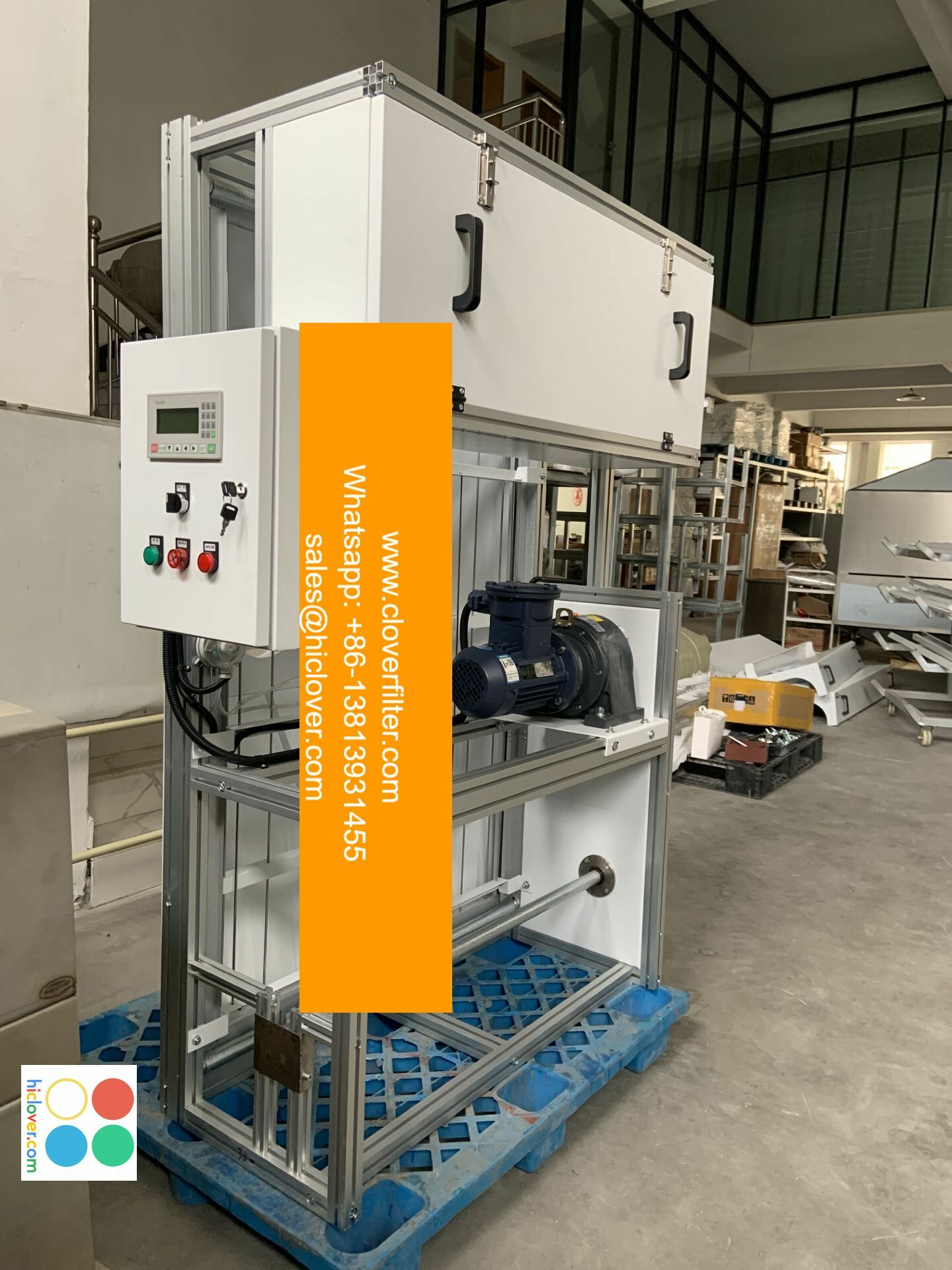How to Choose the Right Air Filter Configurator for Your Needs

Air filtration is a crucial aspect of maintaining good indoor air quality, and with the numerous options available, selecting the right air filter configurator can be overwhelming. In this article, we will delve into the world of air filtration, exploring the different types of air filters, their applications, and the key factors to consider when choosing an air filter configurator for your specific needs.
Understanding Air Filter Types and Applications
Air filters come in various shapes, sizes, and materials, each designed to cater to specific needs and applications. Some of the most common types of air filters include:
– HEPA (High Efficiency Particulate Air) filters, which are designed to capture 99.97% of particles as small as 0.3 microns, making them ideal for industrial air filtration, pharmaceutical applications, and healthcare settings.
– Activated Carbon filters, which are effective in removing volatile organic compounds (VOCs), odors, and gases, making them suitable for commercial air purification, residential air filtration, and indoor air quality control.
– Pleated filters, which offer a high surface area for filtration, making them suitable for residential HVAC systems, commercial air handling units, and industrial dust collection systems.
Key Factors to Consider When Choosing an Air Filter Configurator
When selecting an air filter configurator, there are several key factors to consider, including:
– Filter efficiency: The ability of the filter to capture particles of a specific size.
– Filter material: The type of material used to construct the filter, such as fiberglass, polyester, or activated carbon.
– Airflow rate: The amount of air that the filter can handle, measured in
– Pressure drop: The amount of pressure required to push air through the filter, which can impact energy efficiency and system performance.
– Maintenance and replacement costs: The cost of replacing the filter, as well as the ease of maintenance and upkeep.
Application Areas for Air Filter Configurators
Air filter configurators can be applied in a wide range of industries and settings, including:
– Industrial air filtration: Manufacturing facilities, pharmaceutical plants, and food processing industries.
– Commercial air purification: Office buildings, hotels, and restaurants.
– Residential air filtration: Homes, apartments, and condominiums.
– Healthcare settings: Hospitals, clinics, and medical facilities.
Benefits of Using an Air Filter Configurator
Using an air filter configurator can offer numerous benefits, including:
– Improved indoor air quality: By removing airborne particles, pollutants, and odors.
– Increased energy efficiency: By reducing the pressure drop and energy consumption of HVAC systems.
– Extended equipment life: By protecting equipment from dust, debris, and corrosion.
– Cost savings: By reducing maintenance and replacement costs.
In conclusion, choosing the right air filter configurator for your needs requires careful consideration of the various types of air filters, their applications, and the key factors to consider. By understanding the different options available and selecting the right air filter configurator, you can improve indoor air quality, increase energy efficiency, and reduce costs. Whether you are in the industrial, commercial, or residential sector, an air filter configurator can help you achieve your air filtration goals. It seems like you haven’t provided a prompt for me to respond to. Could you please provide more context or clarify what you would like to discuss or ask? I’ll do my best to assist you.

